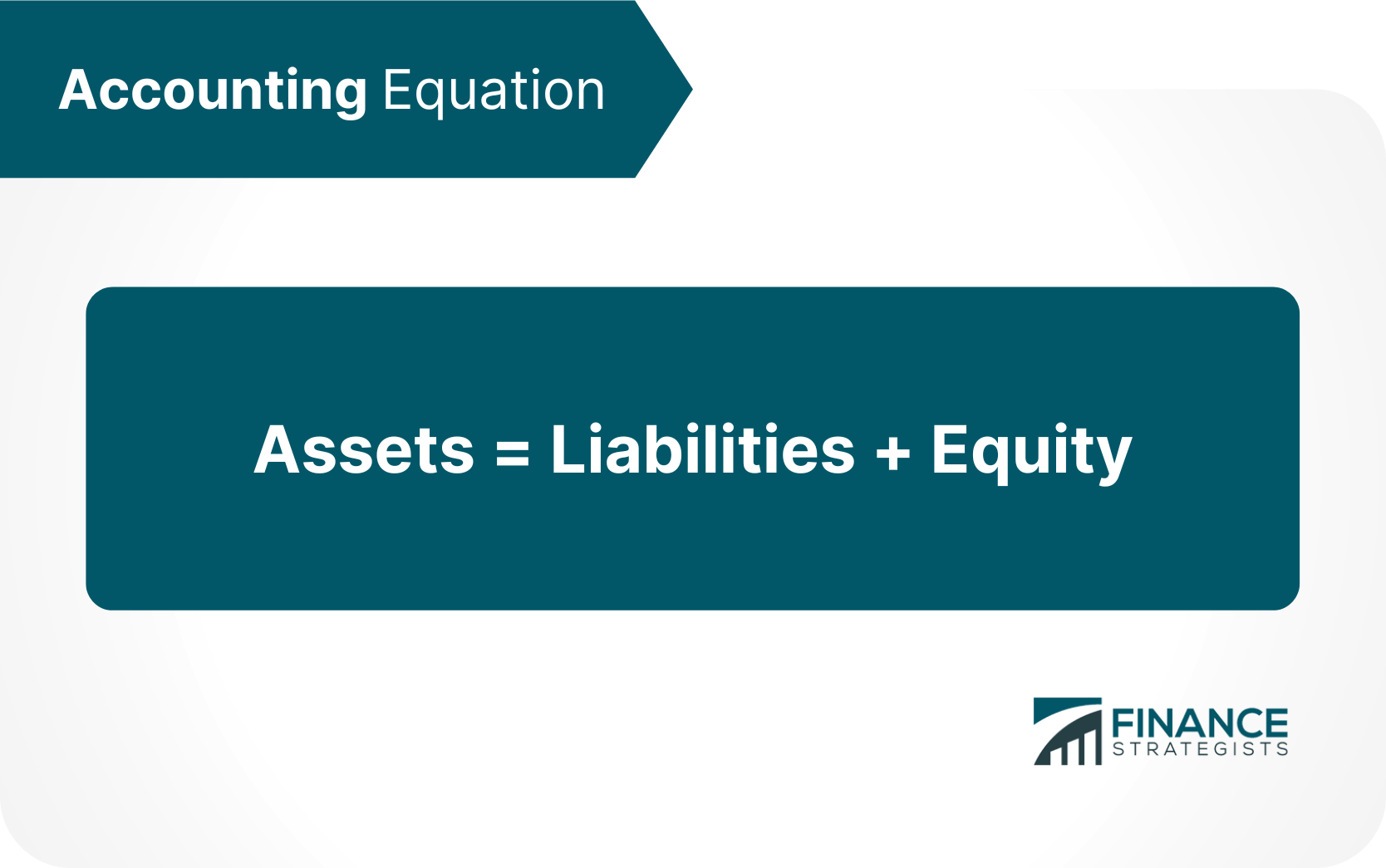
Preferred stock, which provides a higher claim on company earnings and assets and often entitles its holders to dividends before common stockholders. A stockholders’ equity statement is a financial statement of stockholders equity document that illustrates the changes in value to a shareholder’s ownership in a company. 2.) Preferred stock- Preferred stock shares are usually more expensive and receive dividend distributions before common stockholders and in many cases they receive preferential treatment. Financial accounting refers to the processes used to generate interim and annual financial statements.
Statement of Cash Flows
- This shows whether internally generated funds are sufficient to cover investments made in fixed assets and businesses.
- Typically, the statement of shareholders’ equity measures changes from the beginning of the year through the end of the year.
- This capital is the extra amount paid for any stocks over the firm’s par value by the investors.
Although the balance sheet always balances out, the accounting equation can’t tell investors how well a company is performing. To illustrate double-entry accounting, imagine a business sending an invoice to one of its clients. An accountant using the double-entry method records a debit to accounts receivables, which flows through to the balance sheet, and a credit to sales revenue, which flows through to the income statement. In most cases, accountants use generally accepted accounting principles (GAAP) when preparing financial statements in the U.S. GAAP is a set of standards and principles designed to improve the comparability and consistency of financial reporting across industries. Analysts, managers, business owners, and accountants use this information to determine what their products should cost.
Accountant vs. CPA vs. Tax Pro
The accounting equation is based on the premise that the sum of a company’s assets is equal to its total liabilities and shareholders’ equity. As a core concept in modern accounting, this provides the basis what is se in accounting for keeping a company’s books balanced across a given accounting cycle. The accounting equation states that a company’s total assets are equal to the sum of its liabilities and its shareholders’ equity.
Business

Shareholders can look at the statement and see how the company is doing and note any changes from year to year, helping them to make better investment decisions. Companies record exploration costs capitalized under either method on the balance sheet as part of their long-term assets. This is because, like the machinery used by a manufacturing company, oil and natural gas reserves are considered productive assets for an oil and gas company. Generally accepted accounting principles (GAAP) require that companies charge costs to acquire those assets against revenues as they use the assets. If a company prepared its income statement entirely on a cash basis (i.e., no accounts receivable, nothing capitalized, etc.) it would have no balance sheet other than shareholders’ equity and cash.
What Are the Responsibilities of an Accountant?
For example, the balance sheet reports assets and liabilities while the income statement reports revenues and expenses. Financial accounting is governed by accounting rules and regulations such as U.S. GAAP (Generally Accepted Accounting Principles) and IFRS (International Financial Reporting Standards).
Why TaxDome
Whereas non-current asset (Fixed Assets) is any asset that is expected to be held for more than one year. Bookkeeping focuses on recording and organizing financial data, including tasks, such as invoicing, billing, payroll and reconciling transactions. Accounting is the interpretation and presentation of that financial data, including aspects such as tax returns, auditing and analyzing performance.
These rules are set at the federal, state, or local level based on what return is being filed. The reports generated by various streams of accounting, such as cost accounting and managerial accounting, are invaluable in helping management make informed business decisions. Shareholder equity is one of the important numbers embedded in the financial reports of public companies that can help investors come to a sound conclusion about the real value of a company. If a company’s shareholder equity remains negative, it is considered to be balance sheet insolvency. All the information needed to compute a company’s shareholder equity is available on its balance sheet. Negative cash flow should not automatically raise a red flag without further analysis.
That is, each entry made on the debit side has a corresponding entry (or coverage) on the credit side. A negative shareholder equity signifies that the company’s liabilities exceed its assets. In theory, it is not necessary to have a cash flows statement as all cash items could be recorded in the balance sheet. However, in practice just the closing cash balance is recorded on the balance sheet and all the details are shown in the cash flow statement. You can choose to manage your business accounting by hiring an in-house accountant or CPA. This can be a great option if you want to ensure your books are in order, and that your company’s financial information is accurate, but it does come with some drawbacks.
Common shares offer an equal share in earnings after obligations to debt holders and preferred shareholders are met. Also, common shares give the right to vote on appointments to the board of directors (and a number of other matters). In addition, common shares hold a residual claim on the business and therefore have the ultimatecontrol of the company’s affairs.
For this reason, there are several broad groups that most accountants can be grouped into. At larger companies, there might be sizable finance departments guided by a unified accounting manual with dozens of employees. Shareholder equity can change over time depending on a company’s financial performance.
A $0.05 par value would be $200,000, well below the rounding limit on these financials. In any case, the increase to owners’ equity as a result of additional paid-in capital during 2019 was $11.001 million. Sale of treasury stock drops the stock component and impacts the retained earnings along with additional paid-up capital. Statement of Stockholders Equity is a financial document that a company issues under its balance sheet. The purpose of this statement is to convey any change in the value of shareholder’s equity in a company during a year. It is a required financial statement from a US company, whose shares trade publicly.